Continuing the ongoing series of interviews with creative artists working on various aspects of movie and TV productions, it is my pleasure to welcome Mara Lepere-Schloop. In this interview, she talks about her background in architecture and the transition to the world of visual storytelling, research for period stories, the increasing level of expectations from episodic productions, and finding ways to detach one’s own political and social views from the needs of each story. In between all these and more, Mara talks about her work on the magnificent first season of “The Alienist” and the recently released “Pachinko”, and dives deep into creating the worlds of “Mrs. America”.
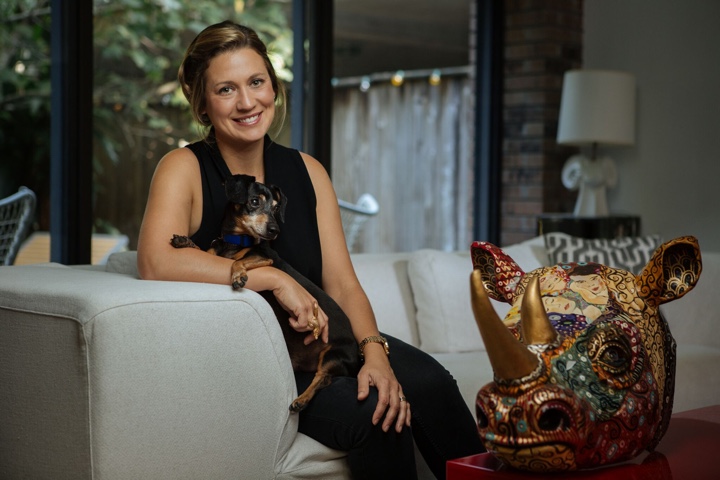
Kirill: Please tell us about yourself and the path that took you to where you are today.
Mara: It was theater for me. I was in first or second grade the first time I went to see any theater. I went to see “The Magic Flute” and I remember more than anything, being mesmerized by the scenery, by the fact that they had created a space and the mechanics of how that was being operated. I thought that aspect of it was just the most magical thing, which is not the typical takeaway. I couldn’t tell you anything about the performance that happened that day, but I remember watching the set changes, and the curtain going up and down, and thinking it was just such a cool thing.
I grew up in Detroit, Michigan and I went to public school there. When I was in the fifth grade, a theater group called, Mosaic Youth Theater of Detroit, came on a touring production to our school, and they had a technical component to it. It wasn’t just kids performing, it was also kids designing the sets and operating them. And that was it. That was the thing that I wanted to do. So I joined that program from the age of 11 and was involved off and on until I was 18. It was basically an apprenticeship program where they taught us every aspect of the technical trades – lighting, sound design, set design. We even built all of the sets ourselves. Once I had been introduced to this world, I couldn’t imagine ever wanting to do anything different.
My father is an engineer and my mother is an educator, and they challenged me to not go directly into set design for education, to try something else, whether it was engineering or architecture. So I ended up going to school to get my masters in architecture. If you look at design in general, there’s a lot of overlap in thinking between set design and architecture.
I graduated with my master’s from Tulane University in New Orleans, and I was working as an architect, and also designing and building furniture when Hurricane Katrina hit. It was one of those things that altered so many people’s lives in so many ways, and there were a lot of ways that it affected me personally. In terms of a career, the firm that I was working for was then contracted by FEMA to do door-to-door inspections to survey the viability of housing and to track the impact of the hurricane. We did this every day for several months. As you can imagine, it was fairly depressing, and eventually I needed to change something.
I left the firm, and the day that I finished working, I randomly got a call from a friend of a friend about a film opportunity. Going back to the architecture school days, I had made a documentary about the American perspective of architecture through the lens of home improvement reality television. I was curious about this transitory, temporal concept of design and its impact on American culture. In so many other countries, architecture and design are careers that are very much respected and appreciated, while in the United States design is treated in a superficial way. I was very interested in how this new phenomenon of home improvement reality television was impacting how people thought about architecture.
So I went around the country interviewing people who have been peripherally involved in these shows, as well as people on the street about architecture. I made this as a stand-alone exercise, and I never thought that I’d go into filmmaking. It just was the medium through which I wanted to document this conversation. So flash forward and this friend of a friend had seen it, and he had written a screenplay about insurance companies after hurricanes checking in on houses. He knew that I had just had this experience working for the firm going door-to-door and he had dug the documentary, and he asked if I wanted to art direct this movie.
I had nothing else lined up. I didn’t know what I was going to be doing, so I decided that it will be this one-time thing over the summer, and then I’ll really figure out what I’m going to do with my life [laughs]. That was about 20 years ago, and I haven’t stopped working in film since then. It was a non-traditional path into things – word of mouth, one thing after the other – and I went from art directing and then set designing, art directing again, and then finally to production design. There are still times where I think it’s just a temporary thing. I think that I’m still going to go back to architecture or theater which was my first love, but there’s something addictive about film and television, and the adrenaline.
You work intensely for a relatively short amount of time compared to other careers with a small intense group of people, and you create this thing together and it’s magical. It’s a miracle that anything is ever good [laughs] with so many people that have their fingerprints on the product. I can’t think of any other medium of art where you get to collaborate with so many incredible people and produce something in such a short amount of time. It’s really on the backs of so many that it has the chance of being good or not. It’s pretty incredible.
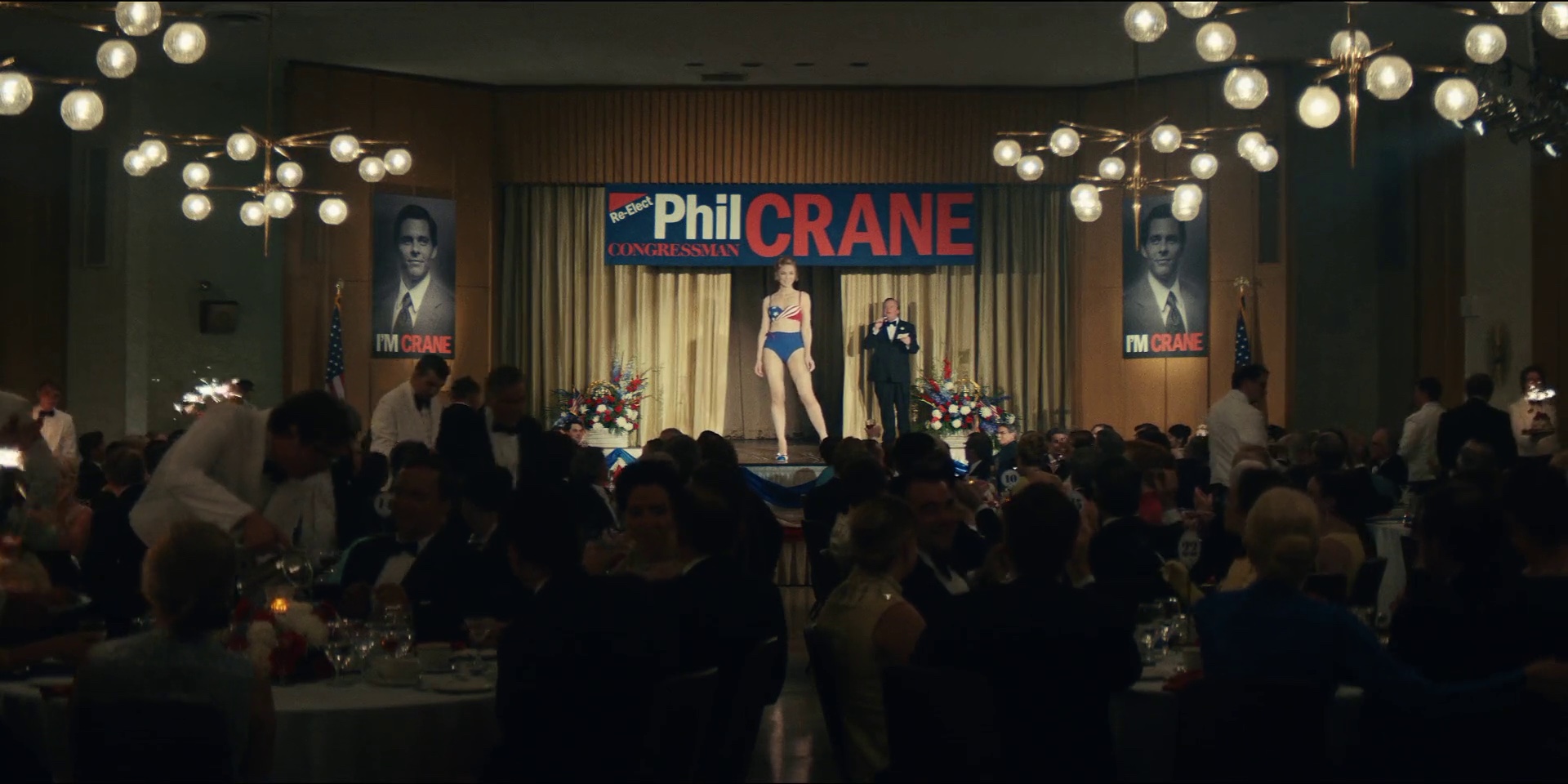
Production design of “Mrs. America” by Mara Lepere-Schloop.
Kirill: Comparing it to other art mediums, do you feel that there’s certain transient aspect to it? It’s captured by the camera and then is gone from the physical world. It only lives as a flat artifact on a DVD, or maybe even just zeroes and ones nowadays in the streaming world.
Mara: It’s funny. A lot of people ask me at the end of a project if I’m sad to see the sets go away, and the reality is I’m not at all. The only thing that I have to say I’m sad about is the waste involved. I wish that there were more comprehensive ways for us to reuse things, but the industry in the whole is getting better about that.
Beyond that, it’s a part of the magic. You are creating these spaces and these environments specifically for this one story. There’s something so just magical about that if you can get past the waste part [laughs]. I’ve been fortunate enough to work on a few different shows where we’ve built fairly large back lots. One of them was for “The Alienist” that we build in Budapest. At the time the show was potentially going to run for several seasons, and so the decision was made by the studio to invest in a 30-year engineering to support that backlot. That set is still standing, and people are constantly sending me photos from new movies and TV shows that have shot there. Over time it’s been slowly manipulated by different people, and there’s something really wonderful about that. It’s a large set that spans multiple city blocks and is several stories high. It’s great that that’s being reused. On the flip side, you have small, one-off sets that you build and when the show is over, they are gone. That temporal quality is part of the magic of making those things. It serves a singular purpose as an element of visual story-telling.
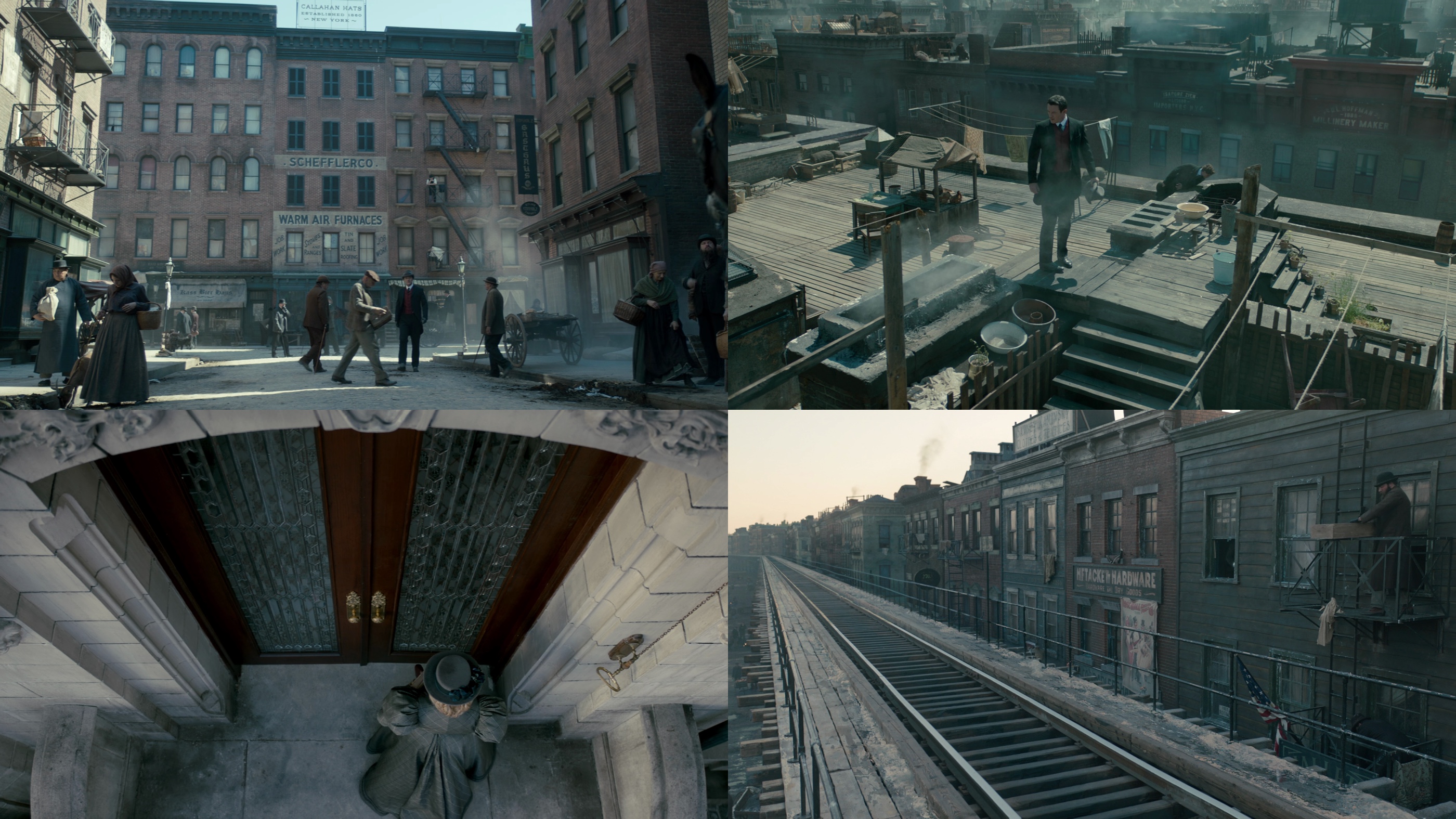
Production design of “The Alienist” by Mara Lepere-Schloop.
Continue reading »
Continuing the ongoing series of interviews with creative artists working on various aspects of movie and TV productions, it is my pleasure to welcome back Neil Patel. In this interview, he reflects back on the impact that Covid has had on the industry, the increasing level of expectations from episodic productions, dressing and layering spaces, and his love of storytelling. Between all these and more, Neil dives deep into his work on the recently released “Pretty Little Liars: Original Sin”, the inspirations and connections to seminal horror films of the ’70s, building out the sets and finding a fresh take on the high school world.
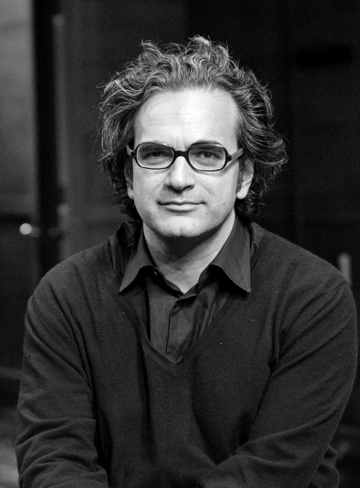 Kirill: We spoke early last year, and with everything that’s being going on it feels like much longer, to be honest. How have these last 18 months treated you?
Kirill: We spoke early last year, and with everything that’s being going on it feels like much longer, to be honest. How have these last 18 months treated you?
Neil: I’ve been fortunate enough to have been working all this time. In January 2021 when we last spoke none of us were vaccinated yet so the situation at work was precarious. In March I got vaccinated while I was working on Season 3 of “Dickinson”.
Things definitely changed once vaccines were made available. Many shows were delayed during 2020, lots of infections and chaos. We managed to produce the season and wrapped in June 2021, and I went straight to “Pretty Little Liars: Original Sin”. We had a brief moment of not wearing masks in the office last summer, and it felt like it was starting to get back to normal. Then the Delta variant happened, and the effects of the pandemic were always present throughout the shoot of the show. We had constant delays due to positive tests and added 5 weeks to our schedule.
I will say that things did get a little looser around capacities in sets. The show is about high school students, and we had big scenes with sometimes hundreds of people in the same space, and that would never be allowed 9 months earlier. We were doing a bar scene in Season 3 of “Dickinson”, and we were only allowed to have 20 people on the set, while it should have looked like it had 80. That one was tricky to shoot. So that aspect definitely changed towards the summer of 2021. I think that the looser rules led to some of the infections but fortunately no one got seriously ill and we were able to make the show the way we wanted to.
From there I went to my current project in South Africa, a Showtime series about Shaka Zulu. It’s pretty different from “Pretty Little Liars”, as it’s set in 18th century pre-colonial Africa. We’re still testing once a week. We’re not wearing masks. There are very few infections here, far fewer than in the United States. We still use hand sanitizer and occasionally wear a mask, but it’s definitely changed.
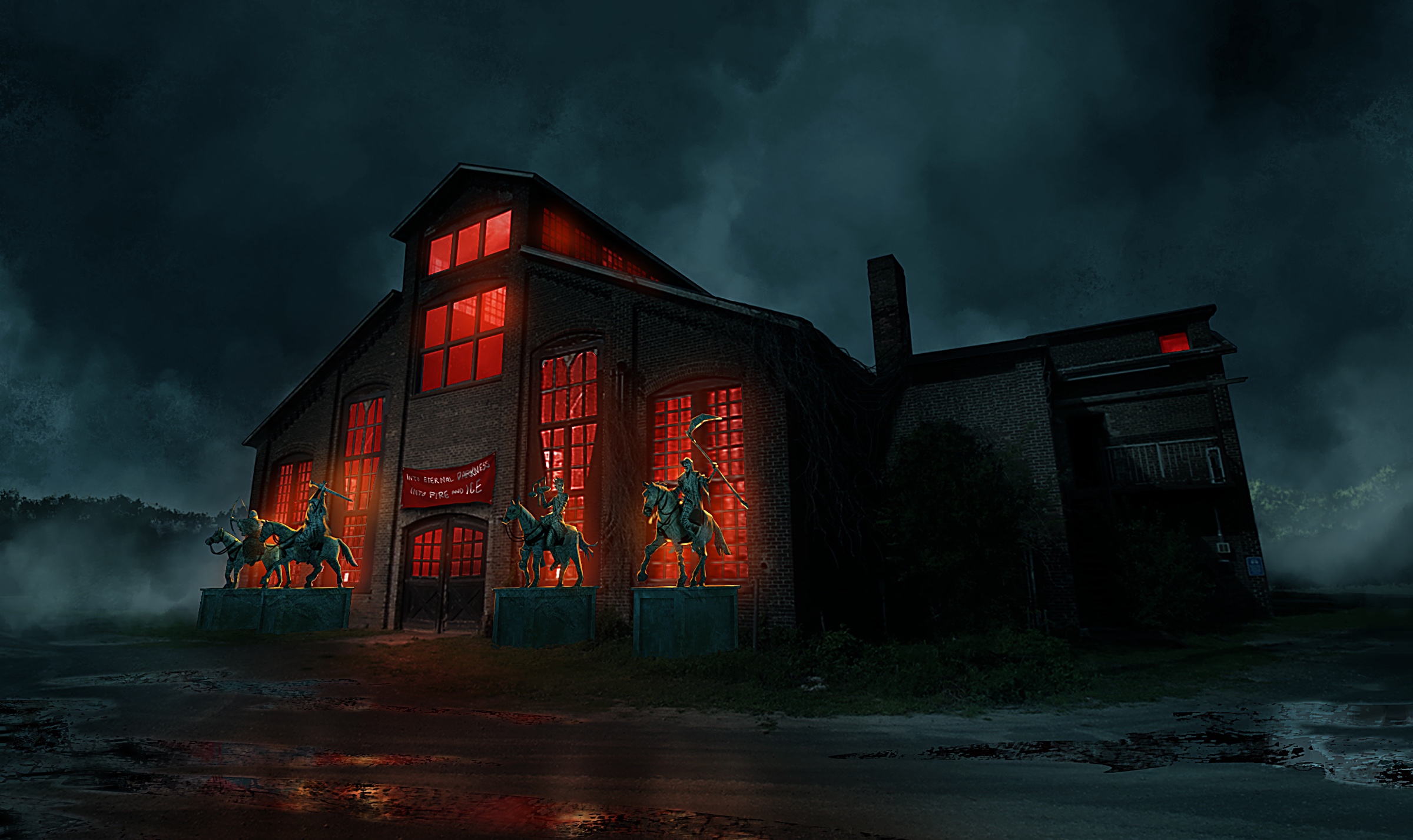
Concept rendering for the rave warehouse on “Pretty Little Liars: Original Sin”, courtesy of Neil Patel.
Kirill: Does it feel like it’s almost back to normal in terms of how the set operates, the pace and the intensity of it, the expectations from the production side of things?
Neil: Certainly. It’s busy here, but it’s not a place that I’m familiar with so I don’t know how it compares to pre covid times, but I know that in New York it’s very busy right now. It’s very hard to crew up productions because everybody’s working. It’s back to normal in terms of capacity but it doesn’t feel back to normal because nothing really feels “back to normal.” The world has changed.
One thing that I do enjoy on my current production is scouting in a foreign country. It’s nice to be back in a scouting van. The unstructured collaboration time is very important and fruitful time in my view. Being in a van with the director, the cinematographer and the producer allows you to have those spontaneous conversations that are sometimes more important than ones that happen in meetings. That was something that was very much missing during the height of Covid lockdowns. We were separated, and we didn’t have that unstructured time together. Creatively, it’s feeling to me more back to normal, because we had our hands tied for a long time. That’s a positive thing.
Kirill: Did you get any time to look around and see what productions other people have been working on?
Neil: I went straight from production to production, so I haven’t really seen other productions. We wrapped “Pretty Little Liars: Original Sin”, and then I worked remotely on King Shaka for a few weeks before hopping on a plane to come down here to scout.

Concept rendering for the “Swan Lake” practice on “Pretty Little Liars: Original Sin”, courtesy of Neil Patel.
Continue reading »
Continuing the ongoing series of interviews with creative artists working on various aspects of movie and TV productions, it is my pleasure to welcome Jonathan Benefiel, an actor turned executive producer with a passion for empathy-focused projects. In this interview he talks about the business of visual storytelling, what a producer is, building a reputation in the business, the challenges he sees for the movie exhibition business, and how the industry is evolving.
 Kirill: Please tell us about yourself and the path that took you to where you are today.
Kirill: Please tell us about yourself and the path that took you to where you are today.
Jonathan: I’m 59 years old and am originally from Brooklyn, NY. My family moved to Staten Island in 1970 and I still live there to this day. I started in this industry at the age of 23, which was a bit late. I wasn’t a happy camper back then. I felt that I needed to find my path and my passion, to feel like I had a purpose other than simply existing just to survive and pay bills. I felt like I needed to find my purpose.
So I had a conversation with my mom at the time and she suggested that I take an acting class. Coming from her, that was very shocking [laughs]. She always talked to me about going to college, having a career and making a living that way, so the last thing I expected her to suggest was for me to take an acting class. But on her advice, I did it. I took a cold reading class with a woman named Sally Johnson in Manhattan, and that’s how it all started for me. Once I started taking classes, I fell in love with it, and I never looked back.
Moving forward in my career, I found that I wasn’t really getting anywhere. I had the agent, I had the headshots, all of the tools that they tell you you need in order to succeed as an actor, but still I was finding that things were not moving in the direction that I wanted it to go. So I moved to Los Angeles in 2006 at the ripe old age of 43 [laughs], but it turned out I was really just doing the same thing I was doing in New York. Nothing had really changed, though I did meet my future wife there, so that was something.
After a while, I started to wonder if there was a different approach that I could use to succeed in the business. So I decided that instead of counting on my agent to get me parts, I took things into my own hands. I asked myself what I could do to further my career where I wouldn’t have to depend on anybody else. A buddy of mine that I’ve known since 1989, Eric Seltzer, had always wanted to play Lennie in “Of Mice And Men”, and he always pictured me playing George opposite him. So I decided to do a short film that I could self-produce, something like “Of Mice And Men” but bring it into the 21st century.
I had an idea to do a story about two brothers that are sort of mafia type guys, not murderers or anything like that, but they work for a boss as the muscle. So I started toying with that idea and we put together a short film called “Protecting Tony” which got 32 awards and another 5 nominations on the festival circuit. And from that exposure we got a sales agent to come on board, and that sales agent ended up getting us on DirecTV’s short channel, as well as Amazon Prime and several other Internet platforms. That was my first short film, and I got a pretty big bang for my buck. The success of that project inspired me to keep going down that path.
When you find something that works, you want to stick with it, and so that’s what I did. Then the documentary “John Leguizamo’s Road to Broadway” came my way through an Indiegogo campaign, and for a certain level of investment they were offering an executive producer credit. Once I realized what the project was about, which was the Latin community’s contribution to our country, and the fact that that important history and contribution was never taught in any schools, at least none that I went to, I instantly felt it was a project I needed to help promote and invest in. So I jumped right in, and that was my first foray into something that had gained more wide spread commercial success than anything I had done previously. It aired on PBS’s “Great Performances” and ended up winning an Imagen award. So that was another opportunity that moved my career forward.
While all this was going on, I was cultivating my Facebook contacts. One day a producer by the name of Cary Anderson friend requested me. I checked him out on IMDB and I saw that we were doing similar kinds of projects, so we connected and would chat on occasion. One day he approached me and asked if I’d be interested in being a co-executive producer on “The Trial of the Chicago 7”. Once I realized what the storyline was about — that Aaron Sorkin wrote it and was attached to direct — as well as the A-list cast along with Steven Spielberg’s Dreamworks Pictures behind it, it was a no-brainer.
A lot of what was taking place in the ’60s during that tumultuous period was playing out in our current politics, and I felt that this was a very urgent story to tell since it seemed our democracy was on the precipice of failing. In fact, I still feel that way. So I thought this was an important story to tell. The only thing that was left to do was basically beg my wife [laughs] to spend a ridiculous amount of money to support the film, and, after much pleading, she finally agreed and the rest is history.
Continue reading »
Continuing the ongoing series of interviews with creative artists working on various aspects of movie and TV productions, it is my pleasure to welcome Amy Bench who recently finished working on three independent films Mama Bears, Shouting Down Midnight, and Lover, Beloved, all of which were featured in the 2022 SXSW Festival. In this interview she talks about the art and craft of cinematography, the transition of the industry from film to digital, the ways people connect to stories, and working on documentaries.
Kirill: Please tell us about yourself and the path that took you to where you are today.
Amy: I always loved images as a child. I loved to make art and take photos when I was young, and after I graduated from school with my engineering degree, I got a job at the film company Eastman Kodak. I worked there for a few years and got a taste of what it was like to work on the technical side. After a while, I decided that I was more drawn to the creative side, so I left that job, but while I was there I learned a lot about imaging science, the technical side of making images on film and digital, and how images are captured on sensors. At that time Kodak was heavily interested in quickly transitioning into the digital space, which was something that they were reluctant to do for a long time – because film is such a money maker as an expendable medium.
So I ended up going to film school at the University of Texas in Austin for filmmaking, and even at that time, I didn’t realize I wanted to be a cinematographer. I always wanted to be behind the camera, and while I was at Kodak, I knew that this is the part that I liked. I like helping to shape the imagery as a tool for storytelling. While I was there, I worked on as many projects as I could, including directing my own films.
Then I moved to New York and worked for Maysles Cinema, a documentary production company started by Albert Maysles and his brother David. I worked for them for a few years, and that was the start of my career. It was a long journey, but once I started working in cinematography, that’s where I stayed.
Kirill: Is there such a thing for you still as the magic of moviegoing experience, or do struggle a bit to separate your enjoyment as a viewer from your knowledge of how it’s done?
Amy: There is a bit of magic, but it’s probably more difficult than your average viewer to get pulled into the story. I am always looking at the lighting and the cinematography to try to see what they might have done to do particular shots. I hate to say it, but it definitely is a different experience now that I work in the industry.
Kirill: Do you think that the debate on film vs digital has been settled? Is there still space to have this debate, or has it been settled by the financial side of it, and by forces outside of the artistic preferences?
Amy: Certainly the financial side was the biggest driver. Once you have your hands on the digital equipment, it’s quite cheap to produce and you’re freer to shoot more than you are with film. With film, you have physical limitations in terms of needing to order enough film stock and having the budget up front, whereas digital is so much more accessible.
I don’t think it’ll ever be settled. It’s the same with acrylic vs oil painting. Some people are still going to choose to use oil paints even though they’re much more expensive and take a lot more time. The medium is dependent on the story as well as the budget. For instance, I take still photos outside of my work as a cinematographer and I shoot on film, and maybe that’s where the magic comes in. I do love the magic of image-making, and there’s something about film that feels more magical to me.
The still camera that I’m using doesn’t have a digital back or anything, and so it’s the magic of getting your film processed and seeing what comes back. You might have a pretty good idea if you’re using a light meter, and you have experience with looking at exposure, but there’s still something about film that is a surprise. It makes the process fun and enjoyable.
I don’t get to do it so much anymore in movie-making. I did shoot film in graduate school because we had access to 35mm and 16mm cameras, and honestly, some of those are still some of my favorite things, especially the 35mm that I shot. There’s just something so intangibly gorgeous about it. Digital has come a long way in the last 10-15 years, and you can do a lot in color grading. Working with film required choosing a film stock that has a certain characteristic, and that gave you a lot of the look right away. With digital, you’re typically shooting flat and you don’t have to commit right away with the approach.
From a financial standpoint, shooting on film may not always make sense, but from an artistic standpoint, it could be the best solution.

Cinematography of “Shouting Down Midnight” by Amy Bench.
Continue reading »
![]()
![]()
![]()